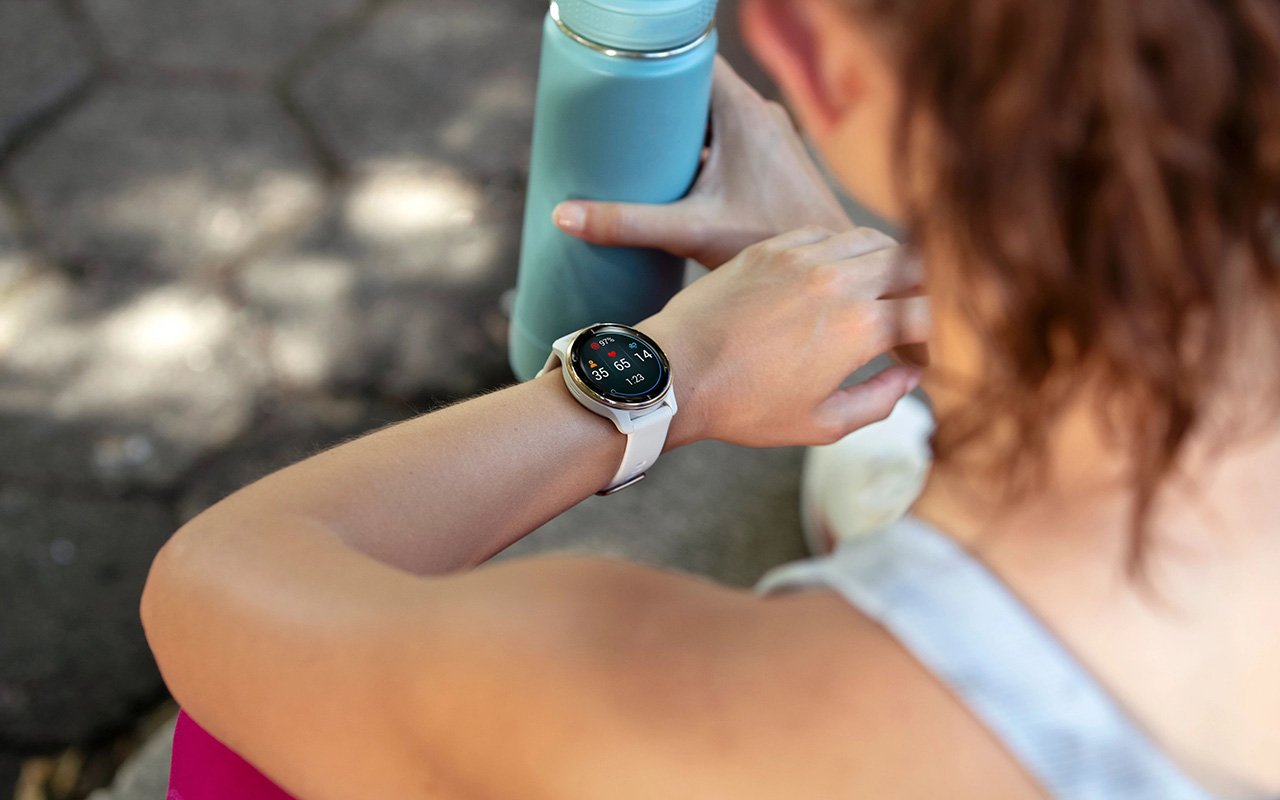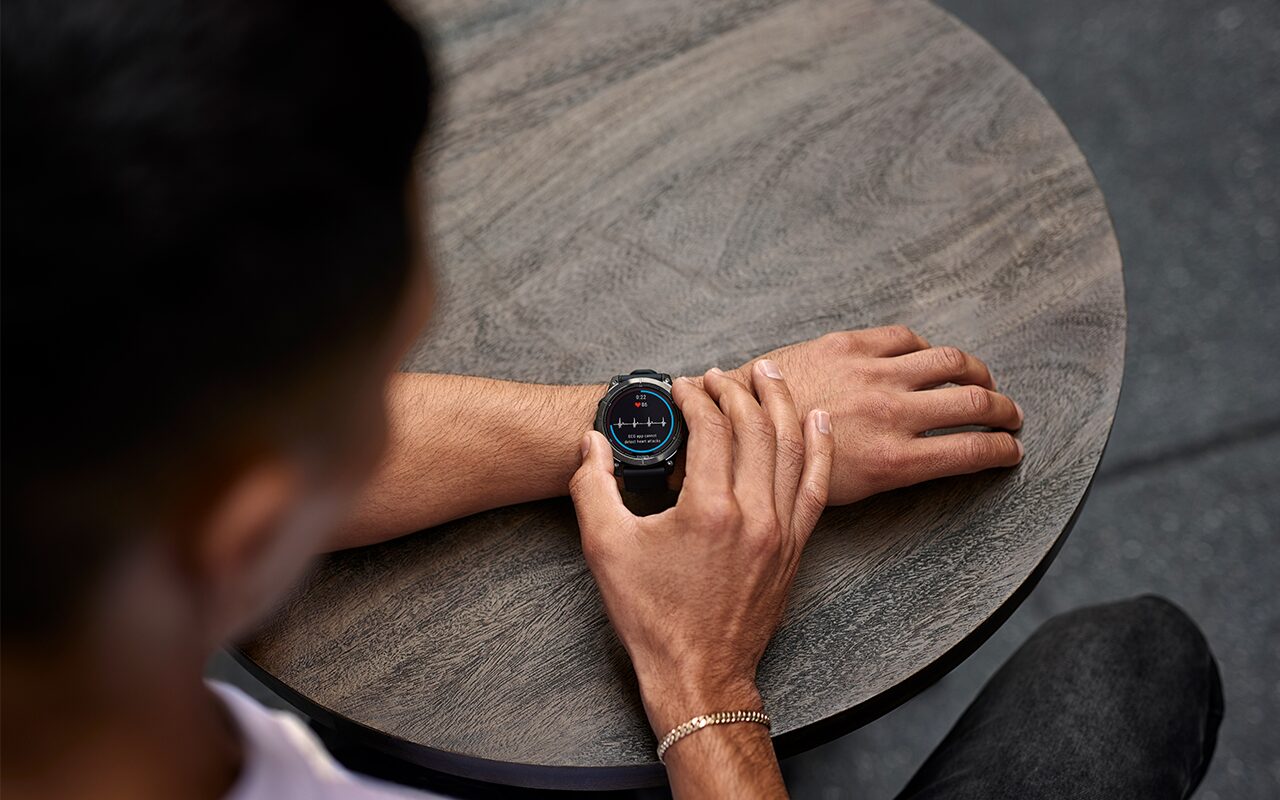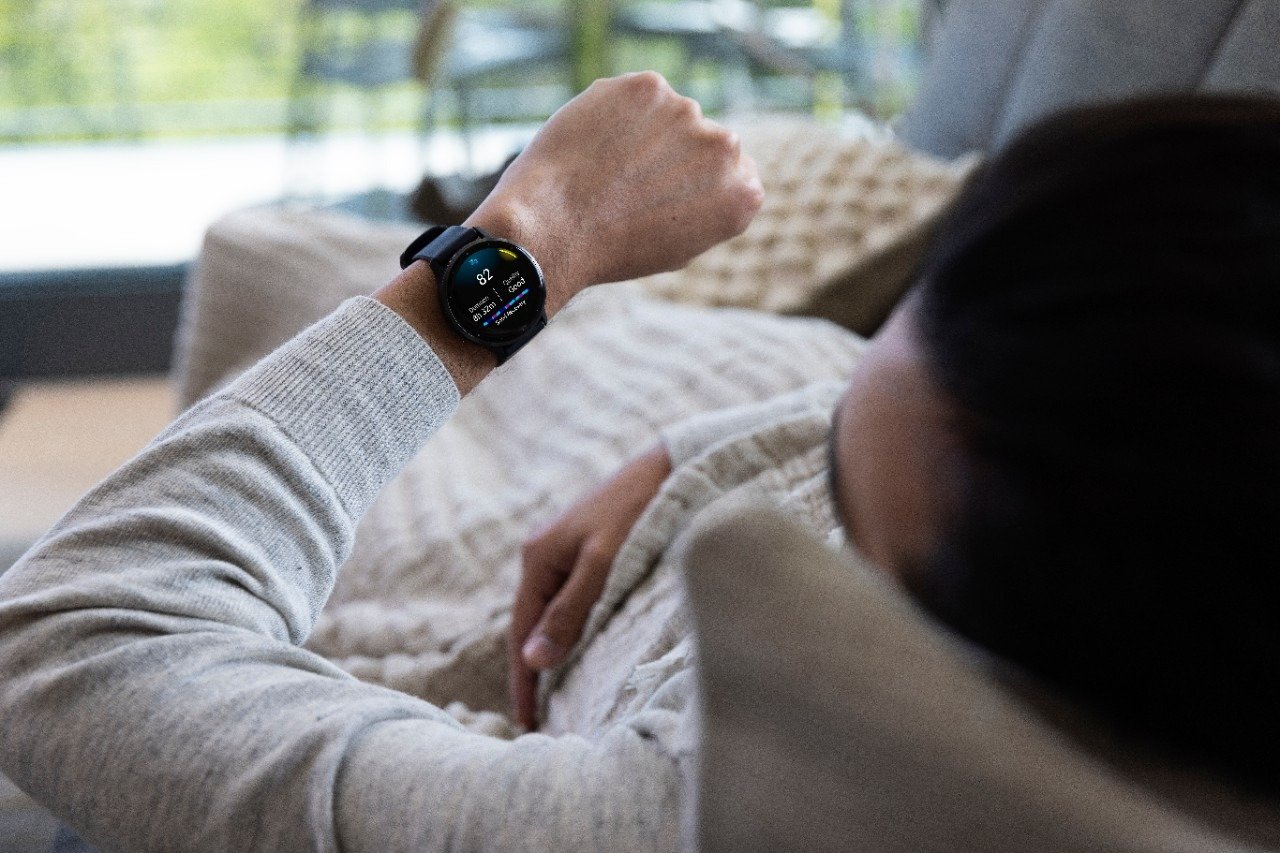
How to PR Your Recovery
Whether you’re currently injured or not, understanding how to recover as quickly as possible, as safely as possible, is an integral part of performance. So to help you stock that knowledge arsenal, we’ve put together a recoop rundown. Get ready to PR your recovery.
An Injury’s Lifespan
You wouldn’t treat a newborn baby the way you would a teenager, right? Similarly, an injury has its own lifecycle, and it needs to be addressed accordingly.
The Inflammation Phase occurs during the few days immediately following your injury, and it’s pretty hard to miss; it’s characterized by pain, swelling, redness, and/or bruising. It’s important to take it easy here – overexertion can cause this phase to last a week or more.
The Repair Phase, occurring about 4-6 weeks post-injury, kicks recovery into high gear. Blood flow to the injury site improves by this point, helping to do 2 things: remove damaged cells and toxins, and recruit restorative oxygen. You’re also especially vulnerable to reinjury during this phase, so proper rest and a focus on nutrition are non-negotiable.
The Remodeling Phase, which occurs about 1.5-3 months post-injury, is when active recovery becomes most important. By this point, the injured area has been dormant, and is probably weaker than its counterpart (right vs left knee, for example), so it’s during this phase that the partners start to get back on the same page. For this to happen smoothly and evenly, you should challenge your muscles with moderate strength training. And, as always, eat the right foods (keep reading for more info).
Biomarkers to Watch
Our bodies can signal how well we’re healing through biomarkers, molecules in our circulation that can be measured with a simple blood test from InsideTracker.
hsCRP is a molecule that’s released by the liver in the presence of inflammation. hsCRP tends to rise after an injury – it is quite an inflammatory event, after all. But as the recovery process progresses, these levels should return to baseline; high hsCRP levels are associated with poor heart health. To help bring them down, eat foods like cocoa (not candy bars!), green or black tea, chia seeds, avocado, nuts, and chickpeas.
Vitamin D is like a gatekeeper of bone health; without it, our bones can’t use calcium for repair work. So if you’ve suffered anything from a bone contusion to a compound fracture, your vitamin D levels are of definite interest. Eat plenty of high vitamin D foods like fatty fish (salmon, mackerel, tuna), mushrooms, and fortified items like milk or cereal (check the label!). Other options include 20-30 minutes of direct sun exposure or a 400-500 IU supplement.
Creatine Kinase originates in your muscles, and that’s where it tends to stay. But when muscles get damaged, be it from intense workouts or a severe injury, relative amounts of CK will escape and enter the bloodstream. Monitoring your levels can help you understand how severe an injury is, and how well your body’s repair mechanisms are working. Dietary protein can assist you in getting CK levels back to normal – focus on things like pork, chicken, fish, beans, and soy. A CoQ10 supplement can also help.
Pay Your Pit Crew
A common misconception is that since an injury keeps us on the sidelines, we should eat less to compensate for our low exertion levels. Au contraire! In addition to the biomarker-aiding foods listed above, your diet should include the following.
Omega 3s are fats with anti-inflammatory properties. They help to repair smooth muscle and keep tissues adaptable and resilient. Have fatty fish 2-3 times per week to kill two birds with one stone (vitamin D, anyone?). Otherwise, flaxseed and fish oil pills are great options.
Omega 6s are another type of fat with traditionally pro-inflammatory effects. Sound like the enemy? Not quite. Ideally, we want to hit a 1:1 ratio of 3s and 6s in the diet. Some processed foods do provide too heavy a hand of omega 6s, though; get them from whole food sources like olive oil, nuts, seeds, grass fed dairy, and eggs instead.
Proper hydration is of the utmost importance during recovery. Just like most bodily processes, your cells’ repair mechanisms require water. Plus, the fluid helps to flush toxins away from the injury site. Aim for at least .5 ounces per pound of body weight.
Antioxidants are a class of molecule that help to protect tissues from damage and allow them to repair quicker. They exist in a whole slew of foods, but here’s a short list to get you started:
- Turmeric
- Walnuts
- Garlic
- Chia seeds
- Black/green tea
- Ginger
- Cinnamon
- Dark leafy vegetables
- Dark berries
Supplements are a great way to fill in gaps in nutrition. Vitamins A and C, for example, help to produce collagen, a compound necessary for both muscle and bone repair. Zinc also helps with tissue regeneration and repair – take it in conjunction with a copper supplement.
Get in the Habit
Beyond what you eat, the way you treat your body during recovery can dictate your return date, and how well you can perform once it comes.
To heat or to ice? That is the question. Icing is best for an acute (aka fresh) injury, but not on your neck or low back, as it can make them worse. An ice bath is also a good option, especially after a race. No need to go full Elsa the Ice Queen, though; 6-8 minutes at 70ºF or less is good. Heat, on the other hand, is only necessary for muscle injuries, chronic pain, or stress. A word of caution: never heat up a fresh injury.
Sleep! Your body does its best repair work while you snooze, so getting 7-8 hours per night is a must. If you have trouble falling asleep at night, try getting into a bedtime routine. This can include things like a scheduled shower, stretch, or quiet activity; something your body will recognize as a signal to wind down. A good rule of thumb: no food 2 hours before, or electronics 1 hour before bed.
Your mental health can have a direct impact on your recovery: mentally or emotionally-stressful situations can cause physiological side effects, limiting your body’s ability to heal. So fill the lulls in your day with something that makes you happy. Try your hand at soothing practices like meditation, journaling, or light yoga. A supplement called ashwagandha root has also been shown to have beneficial effects in this realm.
Nursing an injury? Our friends at InsideTracker can help. They tailor blood biomarker tests to your needs and can provide you with the necessary info to get you back up and running.
*These posts were written by InsideTracker. The individual results from your test will determine the proper recommendations. The recommendations shared are specific to each person, but provide an inside look into the types of recommendations provided by InsideTracker.
Follow us on Facebook, Twitter and Instagram for all of the latest Garmin Fitness announcements, news and stories.




